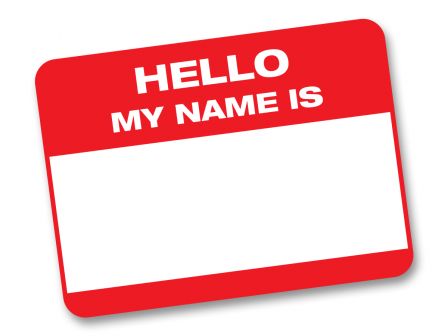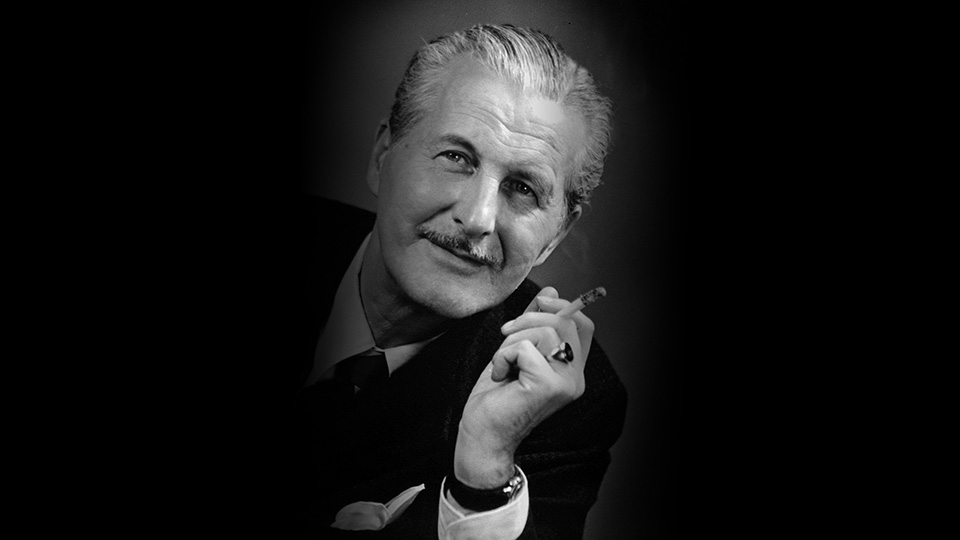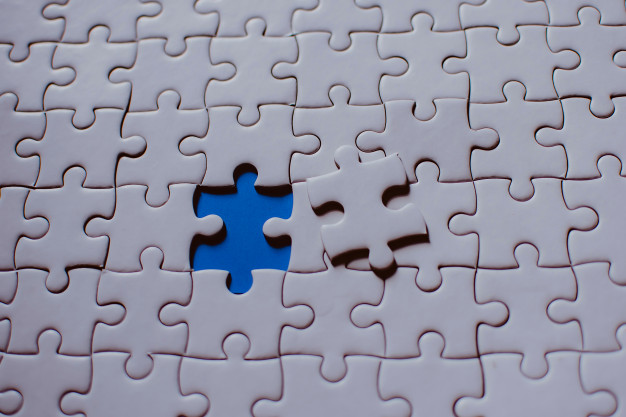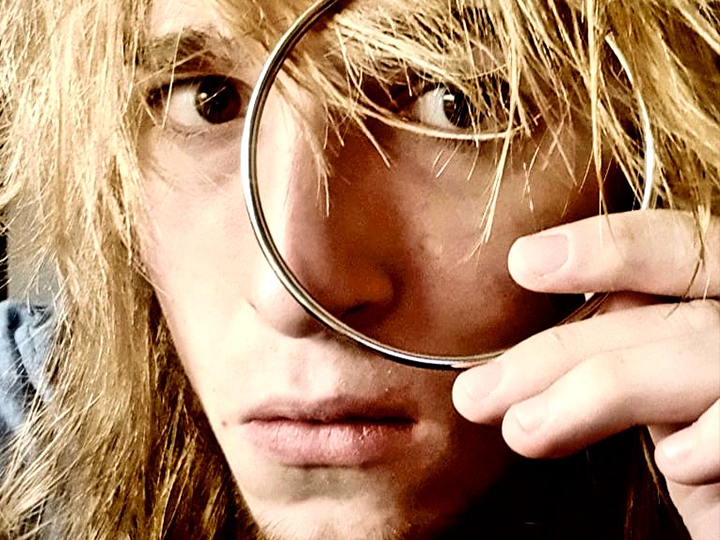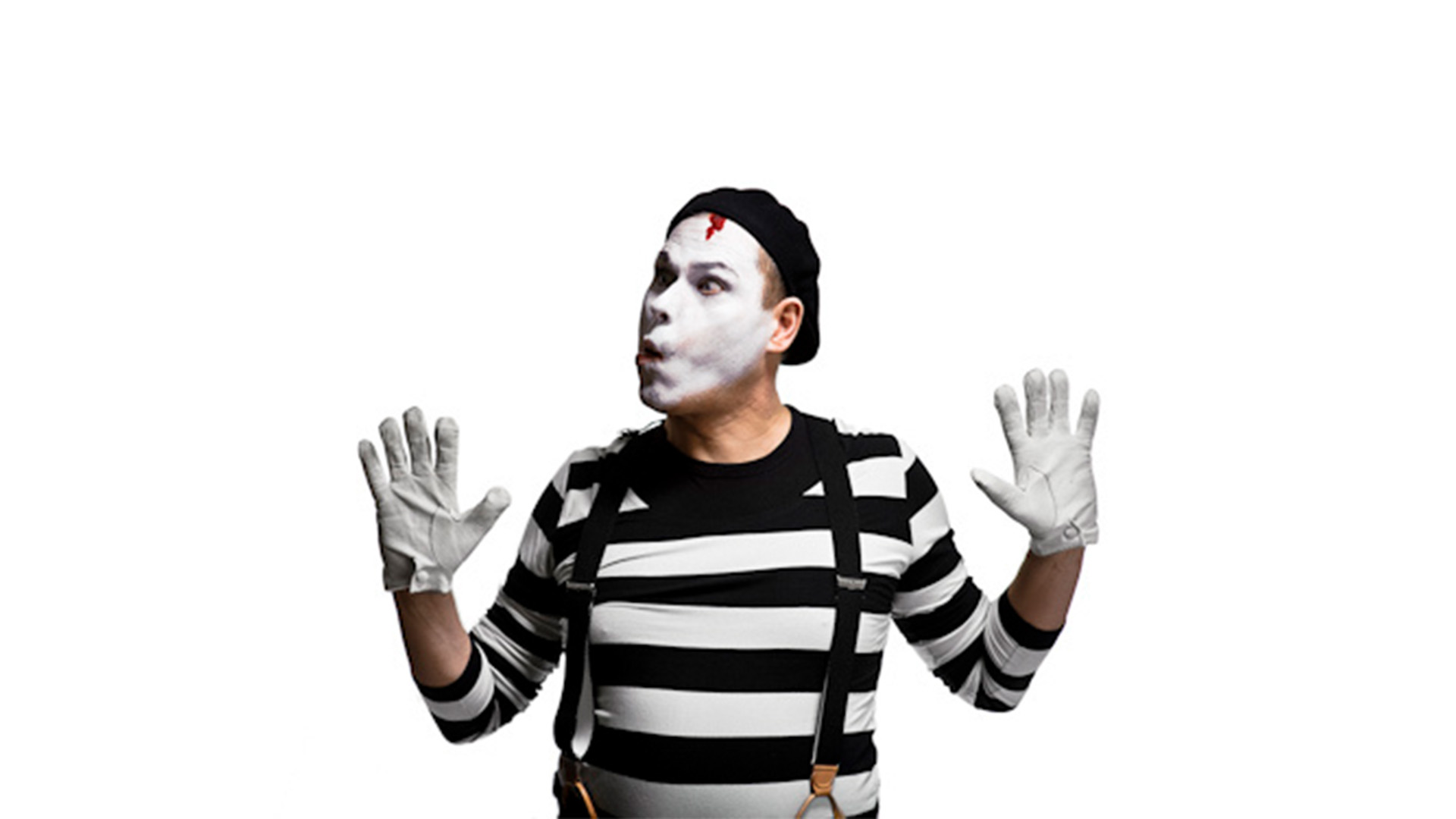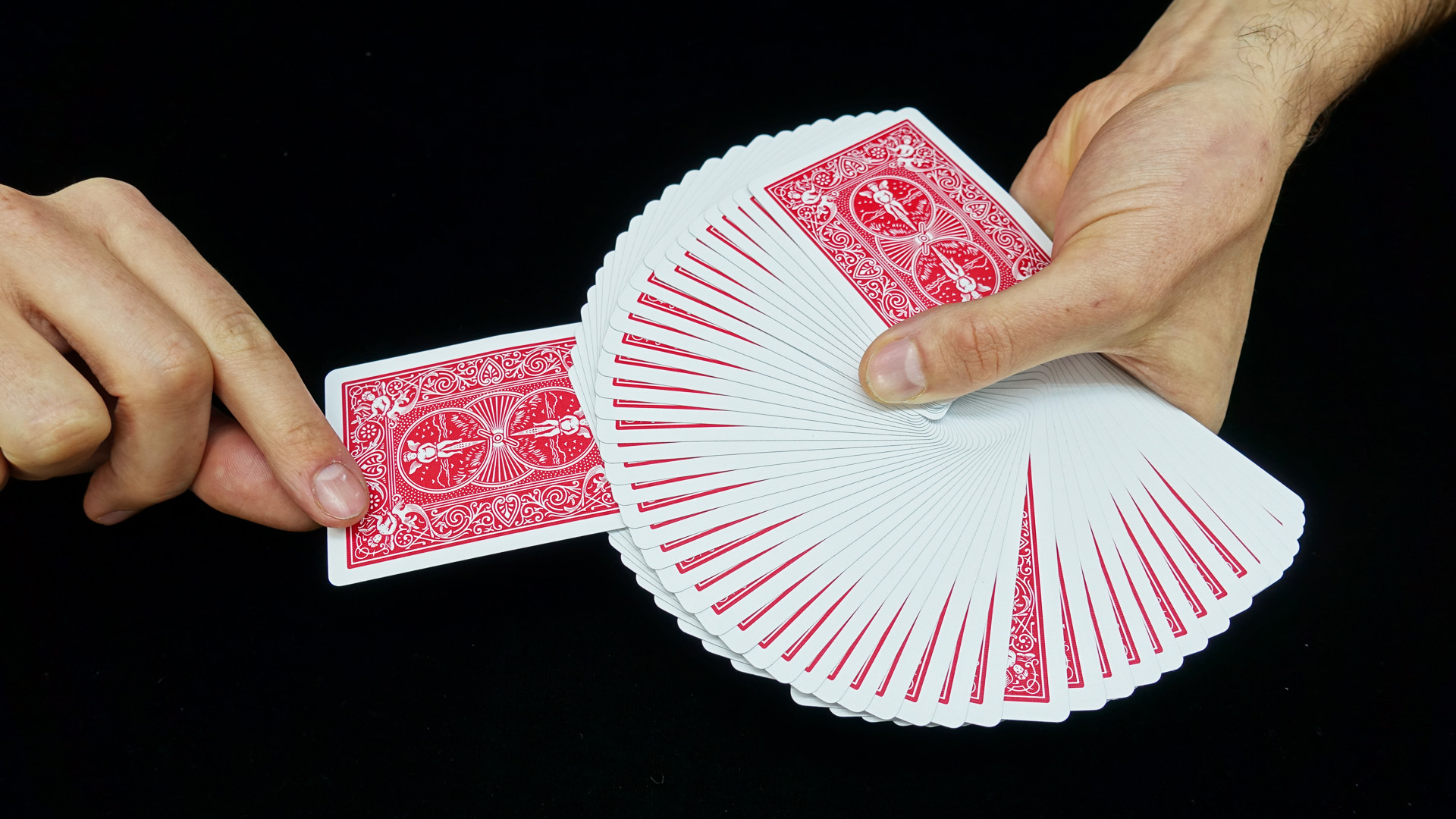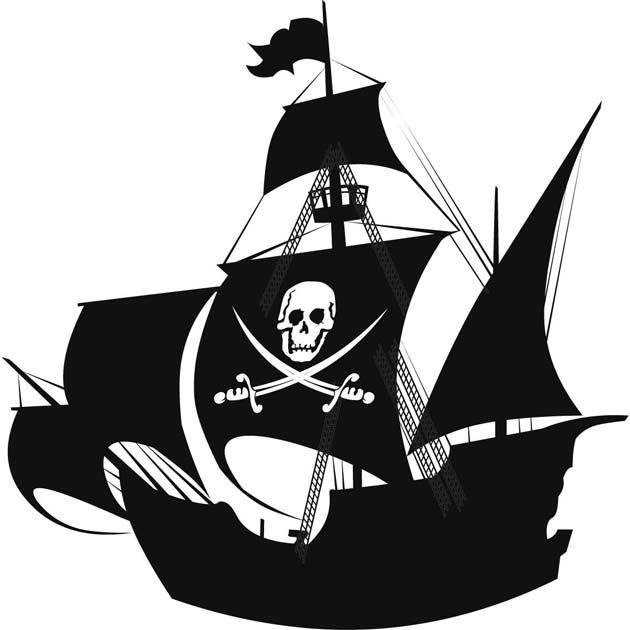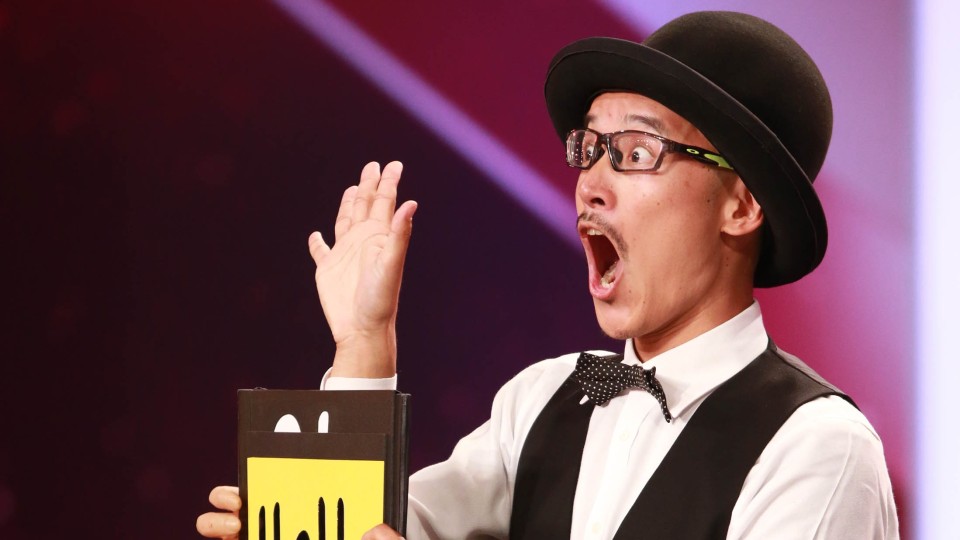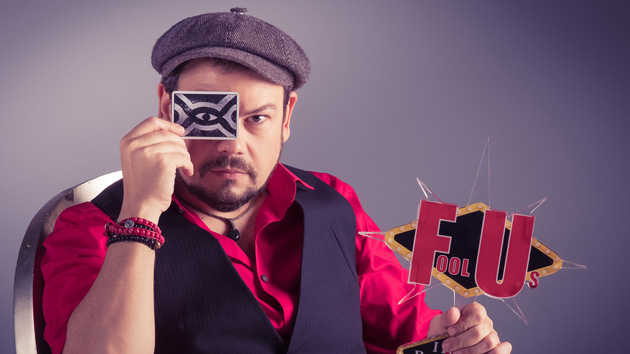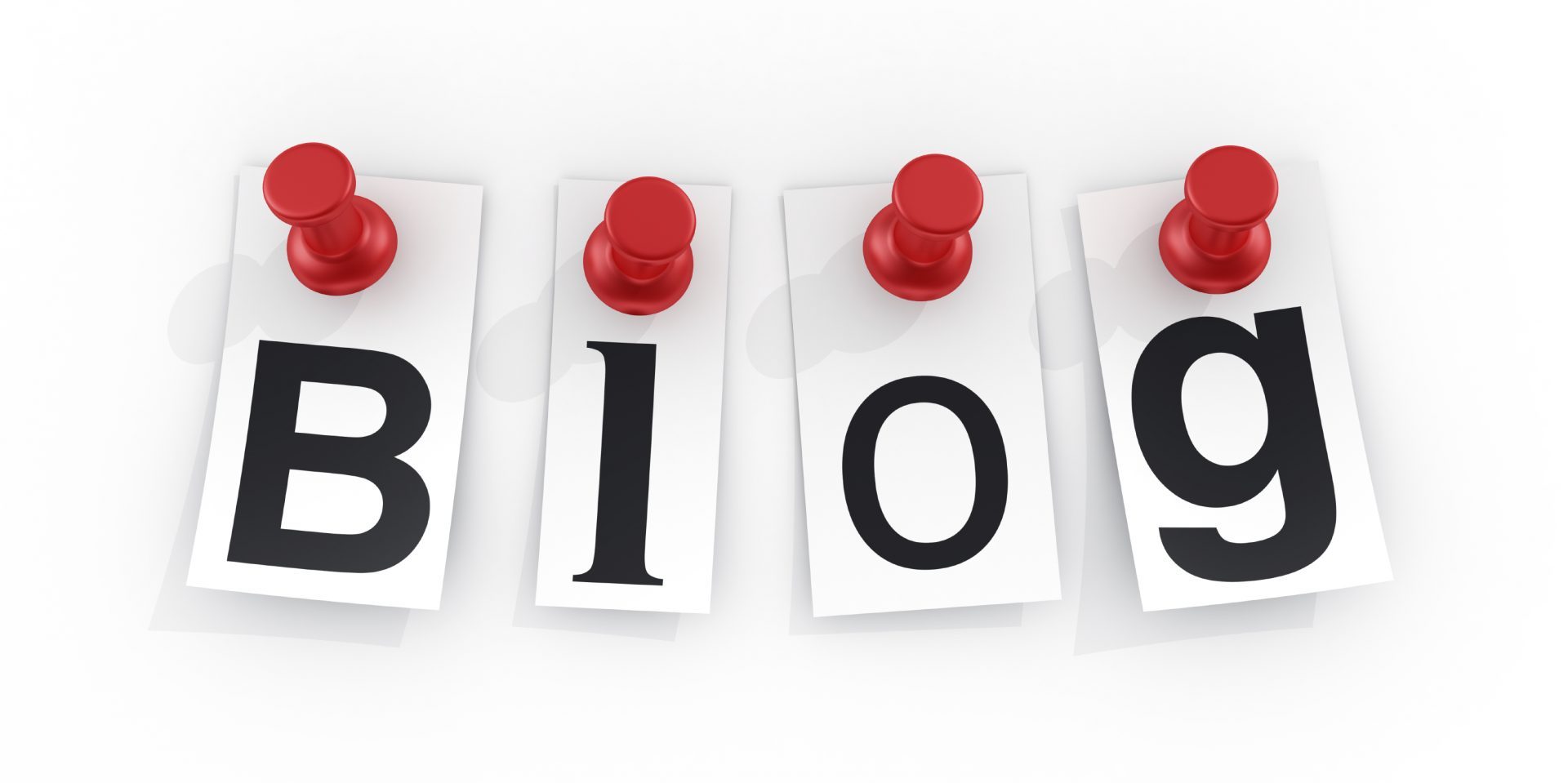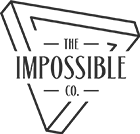Which coins to use?
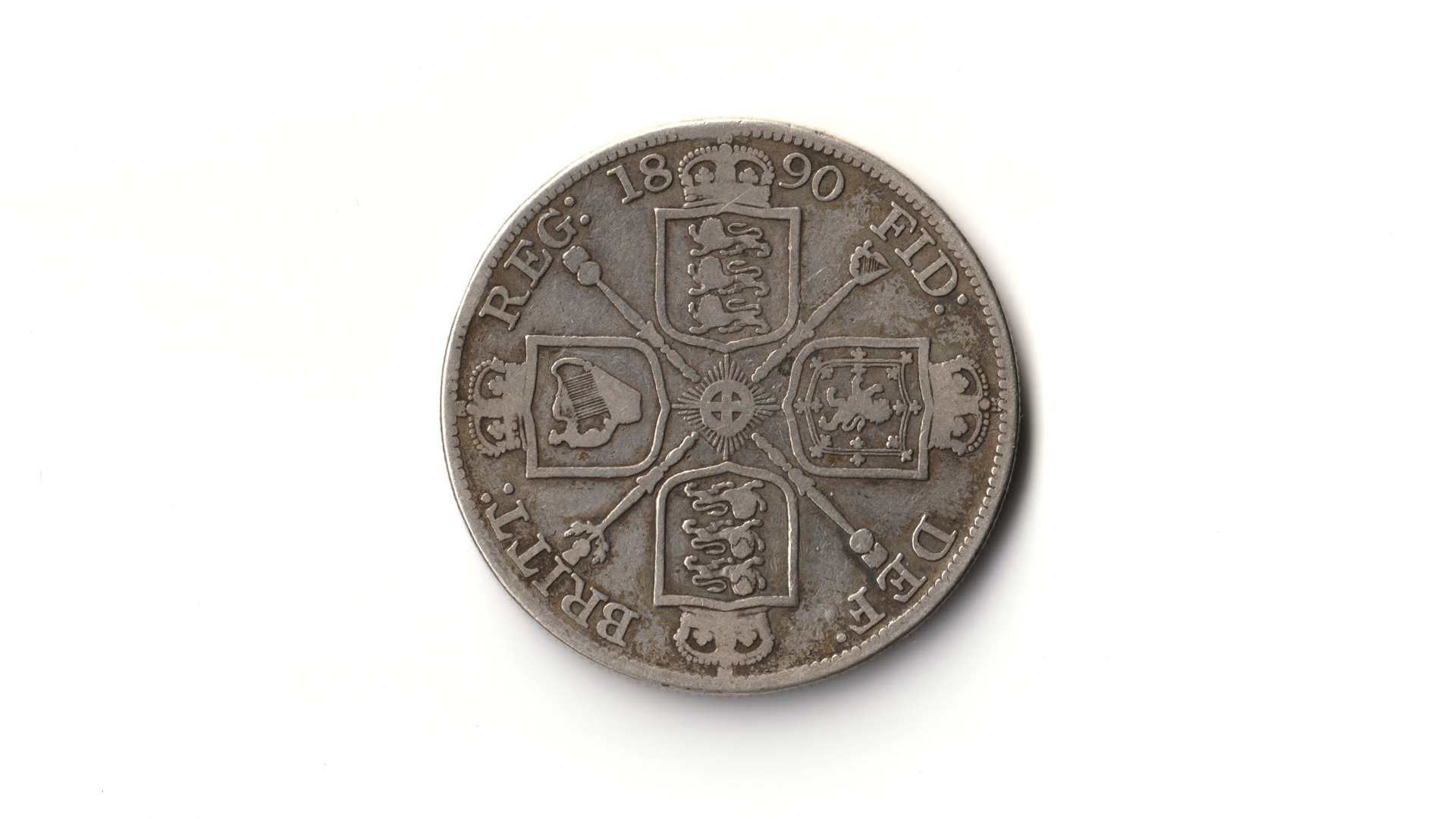
I often hear the question “which are the best coins to use for magic?” and my answer is always “it depends”. Obviously, there is the simple practical consideration of what routine you are doing. If certain gimmicks are needed and you only have one option, then that makes the decision an easy one. But assuming all things are equal, and you have the choice of any dollar-sized coins, for example, how do you decide whether to go for English double florins, Eisenhower nickel coins, Chinese coins or poker chips?
To me, there are four factors which are worth considering. The weight you place on each should be something you think about yourself, and will be determined by your tricks, your character and your performing style.
1. Visibility
Young (but very wise) Moritz Mueller has stated that he will always use the largest coin possible when performing, which means Walking Libery dollars, since they are a couple of millimeters larger than most of the other candidates. This makes perfect sense given the material he uses it for. Mueller’s hyper-visual style, in which coins are used less as money and more as recognizable objects to manipulate, means that his audience care far more about seeing the coins than what currency they may be.
2. Relatability
On a recent trip to London I got the chance to see many strolling magicians, and the coin of choice for them was the £2.00. Judging by the dimensions and the look of it, David Roth and Miguel Angel Gea weren’t consulted before it went to mint. It’s barely larger than a half dollar, it’s thicker than most dollars, and its gold-silver shading make it quite difficult to see clearly. Yet it was the perfect tool for that particular job. Strolling magic in London is famous for being no-nonsense, natural and seemingly impromptu. The moment you bring out a silver Morgan dollar, that feeling is shattered. One exception was a wonderful performer called Brendan Rodrigues, whose flashy, theatrical, visual performance lends itself perfectly to large American coins.
3. Plot
Matching coins to effect is a great way to give your magic more meaning. This works both ways. Of course, if you have a particular presentation in mind, look for the perfect coins which fit your theme. For example, a gambling-related effect can be made much more meaningful simply by switching to poker chips. The reverse is also true. Sometimes a unique coin can suggest a presentation to you. Whether it’s the sound, the color or the appearance of a coin, it may help you to create something new.
4. Character
Finally, it’s worth thinking about the fact that every prop you use (including coins) tells the audience something about you as a performer. In an ideal world what would your character use? For example, my “English Gentleman” persona means that I almost exclusively use English coins. Note that they are not everyday coins in circulation; My weapons of choice are either double florins (which haven’t been used for 130 years) or Charles and Diana commemorative coins from the eighties (which have never been in circulation). But these fit the mood of my show far better than any more recognizable coins.
One last point I think should guide your decisions is consistency. I think ideally we should look to use one type of coin for one performance. I realize that practically this can be very difficult, and that different sleights or gimmicks require different coins. But that is looking at things from the magician’s point of view. If we could really do magic, then what reason would there be to switch from dollars to half dollars? We are essentially educating our audience that “these coins are for this trick and those are for that”. This may seem a radical complaint, but think of it in the context of card magic. Magicians go to great lengths to switch decks secretly during a performance. Of course, they could simply bring out a deck of another color, but nobody would regard that as an adequate excuse. I think we should hold ourselves to the same standards with coin magic as well. Where presentation justifies a change of coins, then of course there is no problem. But if there is no other good reason for switching than necessity of method then I think it’s better to keep to one type (though of course you may well be secretly adding, removing or switching in shells or other gimmicks throughout). For example, in my show coins are changed to Chinese coins and back, fly up my invisible sleeves and even half-eaten, yet they are (from the audience’s point of view) the same coins that I have been using throughout.
Whichever coins you end up using, be sure that you have thought through exactly what they say to your audience about your character, your presentations and your magic.
